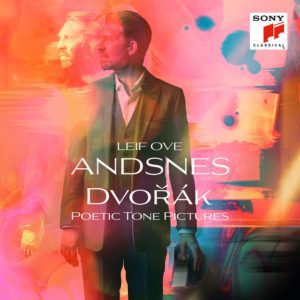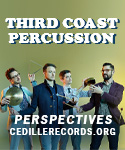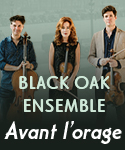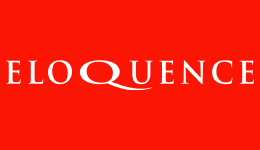Each time an infrequent new integral recording of Dvořák’s 13 Poetic Tone Pictures crosses my desk, I seem to introduce each review with the same sentence: “Why don’t performers take up these pieces on a regular basis?” I doubt that Leif Ove Andsnes’ fervent advocacy for this repertoire will awaken young pianists’ interest any more than his Sibelius disc did a few years back. However, his caring, heartfelt, thoughtfully detailed, and thoroughly idiomatic interpretations set reference standards.
In the opening piece Twilight World, Andsnes’ gently shimmering chords give little hint of the rapid staccato chords that follow, and which Andsnes delivers with bracing urgency and suppleness. His brisk tempo and bubbly demeanor in Joking contrasts to Ivo Kahánek’s slower and heavier interpretation. Andsnes hauntingly sustains In the Old Castle through his legato mastery and careful attention to dynamics; his audible distinctions between piano and pianissimo truly pay off here.
Like Kahánek, Andsnes infuses Spring Song with rare forward moving force and left-hand prominence. The Peasant’s Song’s high-register chords benefit from Andsnes’ pointed lightness, while the Goblin’s Dance is a heel-clicker rather than the usual clodhopper. Likewise, Bacchanalia reclaims its giddy subtext by way of Andsnes’ fast, lean, and vehemently accented reading.
I used to think that pianists like a Inna Poroshina and Radoslav Kvapil who favored a less “grave”, more moderate basic tempo for At a Hero’s Grave gave a clearer sense of the music’s dynamic arc than in slower, more introspective performances. Yet Andsnes’ clarion melodic projection prevents his measured pace from stagnating, and thoroughly convinces. A major addition to the Dvořák piano discography, and one of Andsnes’ finest releases to date.
































